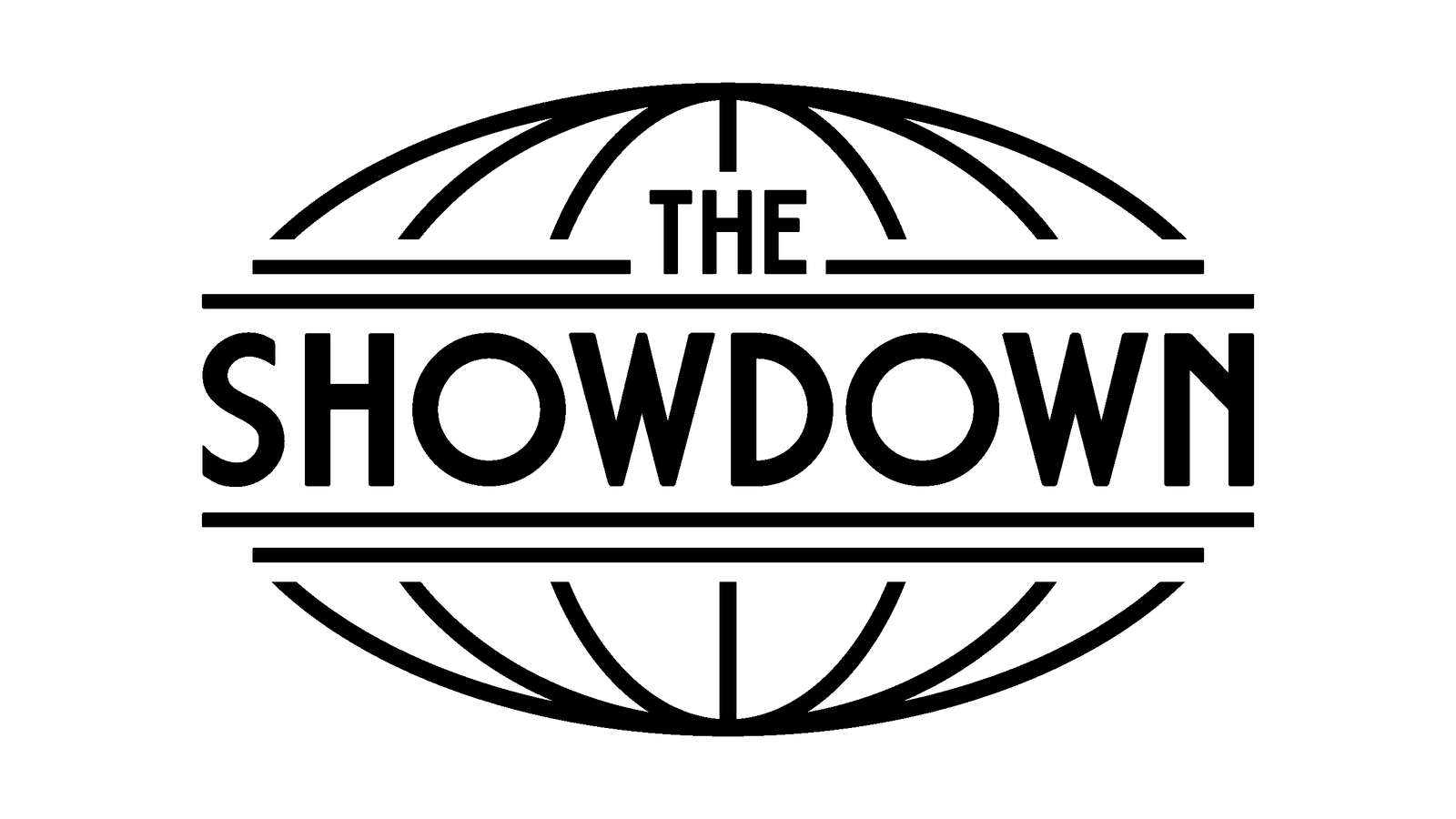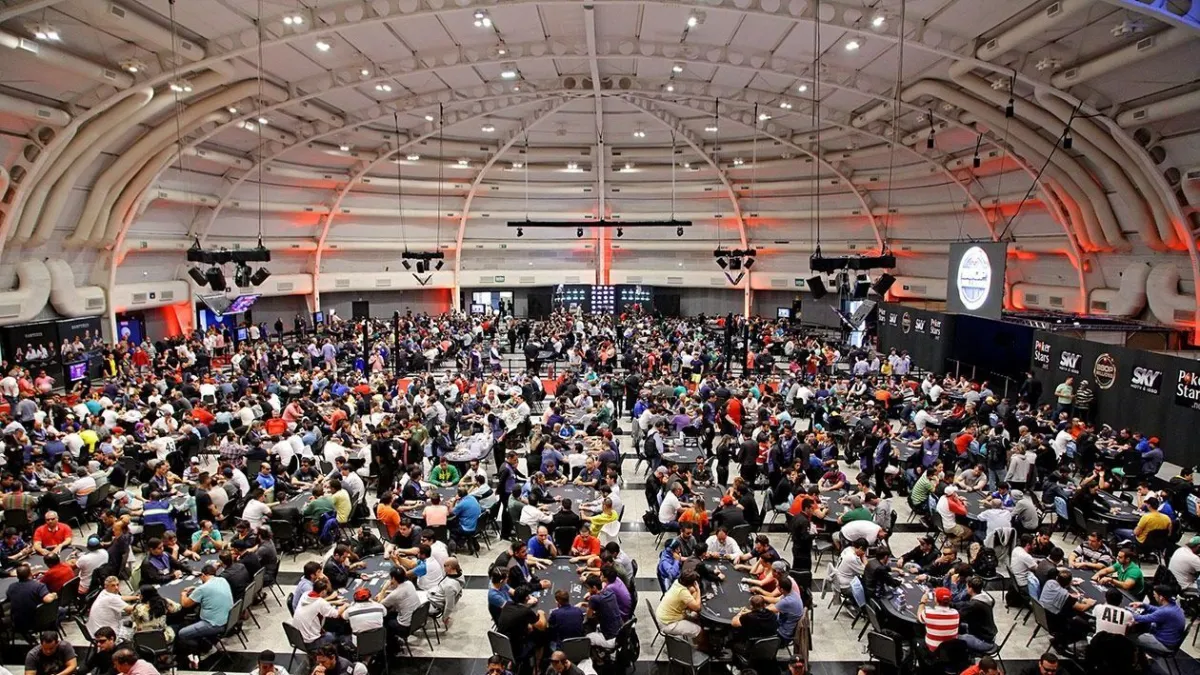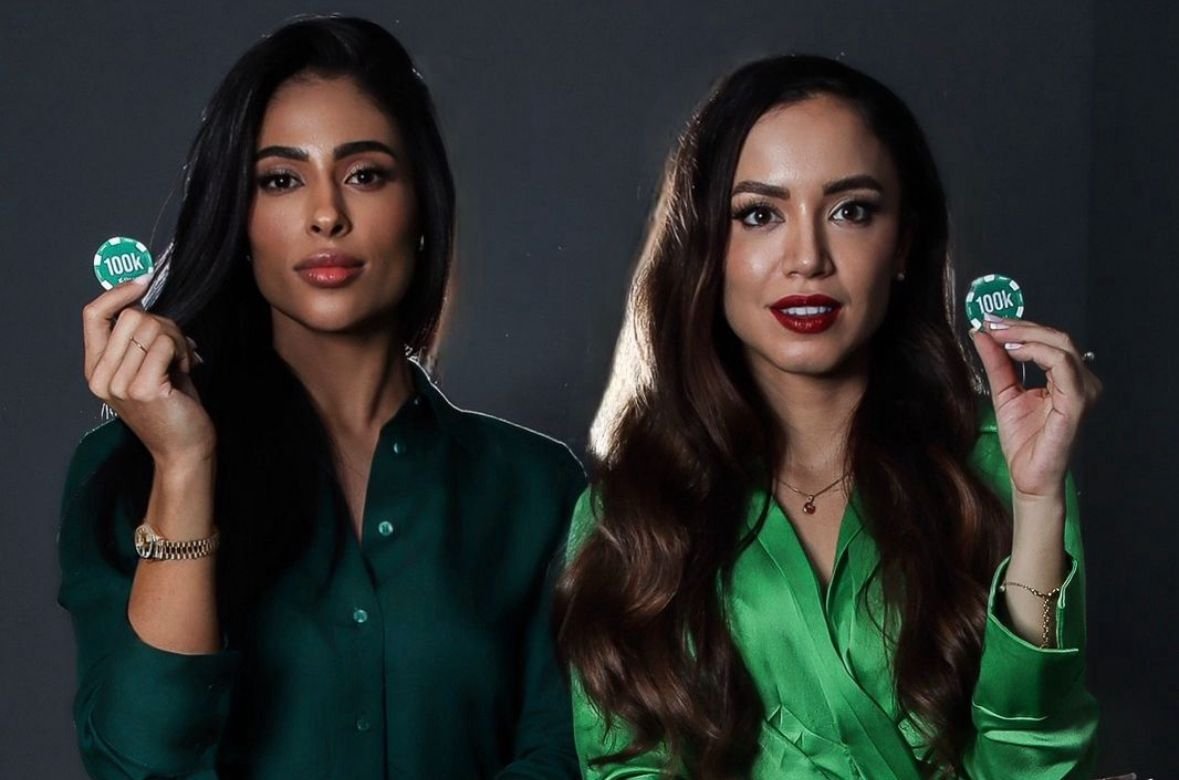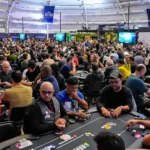For a long time, Brazil was known as the country of football, samba, and carnival. But in the silent backrooms of digital felts and under the bright lights of Las Vegas, a new identity has emerged. Brazil has also become the country of poker.
And it didn’t happen overnight.
In the improvised halls of the early 2000s, where tournaments were held in hotel ballrooms and the chips weighed more than the prizes, a near-subversive movement was born. It was poker resisting bad reputation, prejudice, and the outdated view of it being mere “gambling.” But it was also the birth of a generation that played with Pelé’s spirit and Kasparov’s mind.
We’ve come a long way.
Today, it’s impossible to talk about international poker without mentioning Brazilians. The name Yuri Martins Dzivielevski has become iconic: two WSOP bracelets, a constant presence at the high-stakes tables, and, more than anything, an aura of serenity and technical mastery that mesmerizes opponents. He is the emotional chessboard of Brazilian poker.
And Yuri is not alone. André Akkari, one of the sport’s most charismatic ambassadors, took poker from the streets of Vila Mariana to the world, blending charm, strategy, and a nearly missionary sense of growing the game. Felipe Mojave, with his romantic verve and modern gladiator poise, is another pillar of this revolution. Not to mention Rafael Moraes, Bruno Volkmann, Pedro Padilha, Renan Bruschi, Gabriel Schroeder — the list is long, and, honestly, inspiring.
But perhaps Brazil’s greatest poker achievement isn’t in the titles. It’s in the community.
No other country has formed such a passionate, supportive, and vibrant army of players. From Twitch streamers to the tables of the BSOP (Brazilian Series of Poker) — which today feels more like a World Cup than a regional tour — from cheering fans in broadcasts to the camaraderie in study groups, Brazil has built a rare ecosystem: technical, collective, and emotional.
At the table, Brazilians play with a boldness bordering on insolence. They’re creative, reading souls before statistics, pressing the raise button with the same grin they had playing truco on the sidewalk. And that’s intimidating. Because it’s a style that breaks European patterns, one that doesn’t fit neatly into GTO models. It’s improvisation with discipline, faith with calculation. It’s jeitinho — in the best sense of the word.
Brazilian poker today is an export. It’s featured in international magazines. It’s a lobby presence in Vegas. It’s a regular face at the final tables of global tournaments. And the best part? It still has an accent. It still says “vamos” before going all-in.
If the world of poker is a great stage, Brazil has stopped clapping from the audience and stepped into the spotlight — not just with talent, but with soul, sweat, and an unmistakable joy. As an old Brazilian song once said: “If you don’t have colírio, wear sunglasses.” And if you don’t have European poker, you play with a Brazilian heart.
The difference? Here, emotion wins too.
📊 Brazilian Poker Market: Key Statistics & Sources
- 🎯 Brazil is the third largest country in the world in online poker traffic, only behind the U.S. and India.
Source: PokerScout (2023), Global Poker Index. - 🧠 Over 8 million active poker players in Brazil, including recreational and professional.
Source: SuperPoker, H2 Club, BSOP Press Release. - 💰 BSOP (Brazilian Series of Poker) is now considered the largest poker tour in Latin America, with more than 3,000 entries per event and total prize pools surpassing R$30 million (~$6M USD) annually.
Source: BSOP Official Reports (2024). - 📺 Poker streamers like Rafa Moraes, Akkari, and Felipe Mojave have built massive online audiences — some reaching over 100,000 followers on Twitch and YouTube.
Source: Twitch Analytics, YouTube Stats (2024). - 🇧🇷 Brazil is among the top 5 countries with the most WSOP bracelets won in the last five years.
Source: WSOP Historical Records, 2024.

